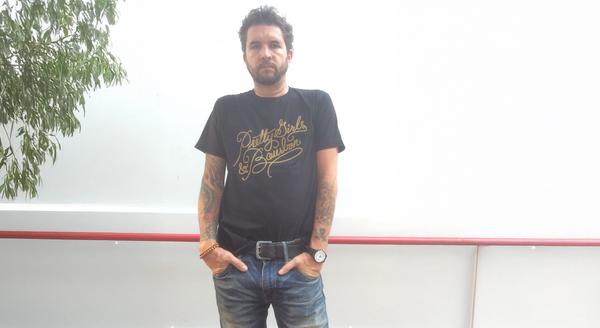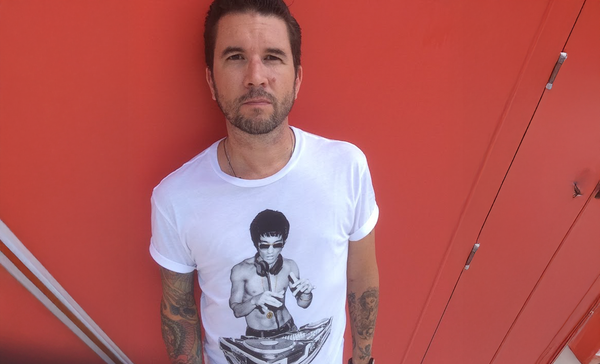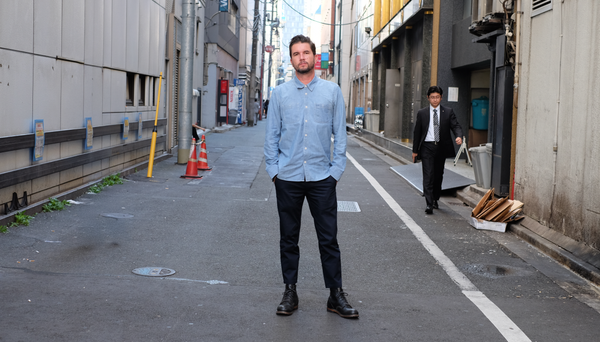The Boomerangs: Why the Generation That Was Supposed to Fade Away Is Quietly Returning, and Reshaping the Future

It was supposed to be a slow fade.
The story we told about the Baby Boomer generation, those born between 1946 and 1964, was one of exit. Of retirement parties and golden years. Of fading from the workforce, downsizing their lives, and stepping aside to let the next wave rise. That story, like many things in the modern world, is in need of a rewrite.
Because the Boomers are coming back.
And they’re not just returning to work. They’re returning to relevance. To impact. To identify.
They are, quite literally, the Boomerangs - a generation in motion, curving back into the conversation with intent, precision, and purpose.
Field Notes on The Epilogue Economy™ is a reader-supported publication. To receive new posts and support my work, consider becoming a free or paid subscriber.
Not a Metaphor. A Movement.
This isn’t just poetic wordplay. Hard numbers back it.
In 2023, the share of Baby Boomers returning to the workforce increased by 23.9% compared to the previous year, reaching a five-year high, with 13.2% of retirees re-entering the workforce globally (LinkedIn, Economic Graph 2023). Nearly 20% of Americans aged 65 and older are employed today, up from around 10% in the 1980s. In raw terms, 11.2 million Americans over 65 are currently working, up from 9.1 million just a few years ago.
Globally, the story is the same, and in some places, even more pronounced.
- Across OECD countries, labor force participation for those aged 55–64 rose from 56% to 64% over the past decade.
- In Japan and South Korea, roughly 13–14% of adults aged 65+ are still working—among the highest rates in the world.
- A Bain & Company report projects that by 2031, 150 million jobs worldwide will be held by people aged 55+.
- The IMF, analyzing aging in 41 countries, recently declared: “70 is the new 50”, not just in spirit, but in economic contribution.
Boomers aren’t retiring. They’re returning and re-engaging.
Why They’re Coming Back
It’s tempting to reduce the return to economics: inflation, rising healthcare costs, market volatility, and longer life spans have all made retirement more financially precarious.
But that’s not the whole story.
What we’re seeing is something deeper: a desire for continuity, contribution, and connection. Boomers aren’t returning just because they have to. Many are returning because they want to. They want meaning. Relevance. A sense of the future. And in a world that so often equates value with youth, coming back is an act of defiance and design.
They are not repeating the past. They are reclaiming their story.
The “Boomerang” Economy
We often talk about “second acts” or “encore careers,” but these phrases feel small compared to the scope of what’s happening. Boomers are not quietly transitioning into retirement-adjacent hobbies. They’re starting companies. Mentoring founders. Returning to boardrooms. Re-skilling in AI. Jumping back into civic life.
They are becoming strategic assets in a world that has only just begun to value experience in the age of acceleration.
- In Europe, countries like Sweden and Iceland report labour force participation for 55–64-year-olds at 70%+.
- In Singapore, the Ministry of Manpower reports that employment among seniors aged 65+ has steadily increased year-on-year, now nearing 30%.
- In Australia, workers over 65 are the fastest-growing segment of the labor force.
- In the Netherlands, the share of workers aged 65 and above has nearly doubled since 2003.
From tech hubs to boardrooms, from classrooms to community organizing, The Boomerangs are back and not as a nostalgic callback, but as a modern necessity.
The Epilogue Is Not the End
This return isn’t about going backward. It’s about re-entering on new terms.
In the language of the Epilogue Economy™, what we’re witnessing is a reframing of later life: not as a passive drift into irrelevance, but as a dynamic phase of reinvention. For brands, businesses, and institutions, this shift demands attention. It’s not just about diversity of age. It’s about inclusion of experience.
And for individuals? It’s a powerful reminder that the arc of your story is still being written. You are not done. You are not fading. You are in motion.
Just like a Boomerang.




